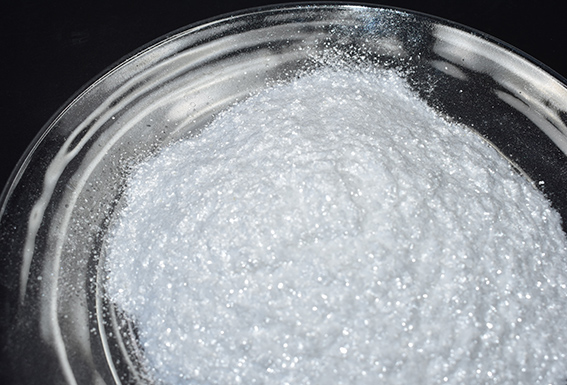Tel: 0417-6996888
Mobile: 13332312177
Contact: Manager Han
Address: Tieling Street Village, Dashiqiao Economic Development Zone, Yingkou
Website: www.china-zkjt.com/en
India is rich in mineral resources, especially the output of synthetic mica has almost reached the level of "global monopoly". Professional intelligent information provider - Thomson Reuters recently disclosed that more than 70% of mica mines in India are mined through illegal means, and a considerable part of them are produced in "ghost mines" that have long been abandoned. Strong demand, black-hearted mine owners, poorly regulated local governments, and extremely poor local residents have jointly forged a bloody chain of interests behind the prosperous mica mining industry, which is full of the blood and tears of local child labor.
"Blood-Stained Crystals"
Reuters reported on the 3rd that among the Indian mica mining practitioners, the youngest is only 5 years old. Since June this year, at least seven child laborers in India have been killed in accidents, and this number is only the "tip of the iceberg".
In a village in the eastern Indian state of Bihar, the reporter interviewed a heartbroken father. The man named Pratap told the media that his 16-year-old son Madan and two adult miners died on June 23 at an illegal mica mine in Jharkhand. At first, he said, he didn't realize the dangers of working at the mine. After the mine disaster, the surviving workers spent a whole day digging up Ma Dan's body and cremating it immediately, without notifying the family at all.
Like other families of the victims, Pratap did not report the accident to authorities. He knew that once the authorities intervened and closed the mine, it would be tantamount to ruining the livelihood of the local people. In some remote mountainous areas of India, participation in mining is the only source of income for local people. Previously, the mine owner had promised Pratap a sum of 100,000 Indian rupees (about 10,000 yuan) in compensation, but so far he has not seen a penny.

Under Indian law, persons under the age of 18 cannot engage in hazardous industries such as mining. However, those families in extreme poverty often need their children to go out to work to supplement the family. In the eyes of unscrupulous operators, children's small palms are especially suitable for sorting flake-like mica crystals. As for the older boys, they need to follow the adult miners to work hard. Indian child protection group Save the Children has spent the past 10 years trying to stop the widespread abuse of child labour in Jharkhand. The person in charge of the organization revealed that less than 10% of mica mine accidents are reported every year, and the deaths of Ma Dan and six other children are just the "tip of the iceberg". The Dutch non-profit research center for multinational companies estimates that as many as 20,000 child laborers are involved in mica mining operations in the Indian states of Jharkhand and Bihar.
In fact, mining accidents are just one of many dangers faced by practitioners. In their daily work, workers often suffer from falls, cuts and abrasions, as well as skin and respiratory diseases. In illegal mines with extremely poor working conditions, many people suffer from silicosis, tuberculosis and asthma.
There are many "high tricks" to avoid risks
The Indian mica mining industry dates back to the late 19th century. At that time, the British colonists found ore veins in many places in Jharkhand and Bihar, and the mining of mica ore once entered a prosperous period, with more than 700 ore points. However, environmental laws enacted in India in the 1980s to limit deforestation brought the industry to a standstill. From 2013 to 2014, only 38 mica mines were officially recorded in India.
A surge in global demand for "natural beauty and cosmetic products" in recent years has prompted speculators to redevelop hundreds of closed "ghost mines", creating a lucrative black market for minerals. Official figures from India show that from 2013 to 2014, the output of Indian mica ore was only 19,000 tons, but the export volume in the same period was 128,000 tons. There is a huge deviation in this, and the Indian mining sector has never commented. Industry experts estimate that about 70 percent of the country's mica mines come from illegal sources, such as mines that have been abandoned.
According to industry insiders, the sales of mica ore illegally mined in India are very secret: "We sell the ore to intermediaries in the town, who then sell it to 'big buyers' in Kolkata, and then the ore is exported to the United States, Germany, Brazil and other countries.” When these ores are “returned” in China, merchants on each chain only contact them through mobile phones and other means, without leaving any written records. Some mine operators are very good at "deceiving". If an outsider asked the identity of the girl who was sorting the ore, the person in charge responded that "they are just volunteers". In this industry, threats, intimidation and abuse of workers are common tactics used by operators, Reuters said.